"Early 16th Veneto-cretan Master Gold Ground Painting"
Veneto-Cretan master from the beginning of the 16th century, icon of Christ the Bridegroom (or Nymphios).Tempera on gold ground, wood panel.
Measures cm 41 x 29
Holy Week, in the Eastern tradition and in Byzantine rite churches, is dominated by the theme of the marriage of God with humanity, from which the name of the icon derives. In fact, under this title we find three different icons, but linked to each other by their common location within the framework of the Holy Week celebrations. This icon fixes the image of Christ the Bridegroom at the moment preceding the ascent to Calvary, a representation known in the West under the name of Ecce Homo: Christ is represented with the red clamide and the crown of thorns.
The work focuses on the face of Christ, represented according to purely Byzantine canons: the precise contours, the dark eyes outlined in black in the oriental manner, the modulation of the complexion obtained under a dark and dense brown paint, a greater emphasis highlighting the cheeks, the bright color of the dress with a geometric pattern of folds. Another Byzantine element is the magnificent gold background on which the halo stands out, meticulously engraved.
The subject of “Nymphios” is not very common in Veneto-Cretan painting, so it is a rare work.
The painting has undergone a conservative restoration at a specialized and approved laboratory consisting of cleaning the old oxidized paints to regain the splendor of the original colors. The gilding is entirely original and perfectly preserved. The wooden panel is well preserved and has never been floored. Studying the painting under a microscope during the restoration confirms the dating.
The term “Cretan school” designates an important pictorial school which was born in Crete around the first half of the 14th century and developed slowly to establish itself in the second half of the 15th century. At that time the island was under Venetian control, which began in 1204 with the sack of Constantinople and ended in 1669.
This artistic school saw the evolution of the classical Byzantine style following the introduction of Western pictorial characters, notably Venetian but also Tuscan and Flemish. The formation of the new style of the Cretan school was determined mainly by the fact that before the conquest of Constantinople by the Turks, in 1453, many iconographers left mainland direct to the islands of the Eastern Mediterranean, mainly to Crete, bringing with them Paleological Renaissance art. The island, already under Venetian rule, became one of the most flourishing from an artistic point of view, as contact with Venetian artists introduced aspects of the Italian Renaissance into Cretan art, especially regarding techniques and materials. There was a contamination between the two styles which led, between the 16th and 17th centuries, to the birth of a new style.
For any information do not hesitate to call us at 0039 380 43 79 898. We answer every day. We speak French.
Our team takes care of carefully packing each object by building custom-made wooden crates. Transportation takes place via our accredited carriers.
Payments accepted:
bank transfer
credit card nexi pay-by-link
Paypal




















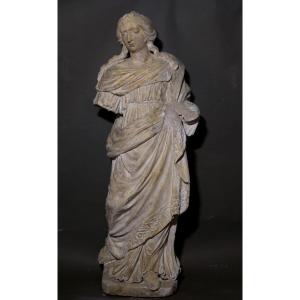
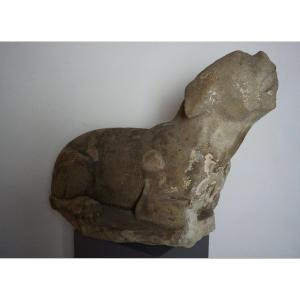





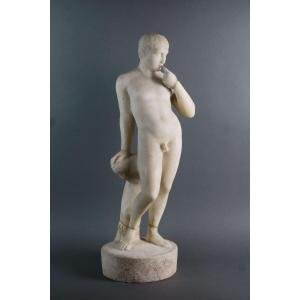






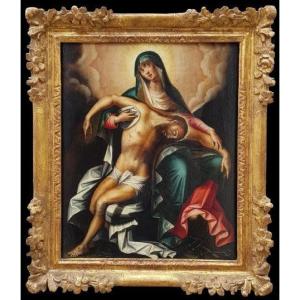



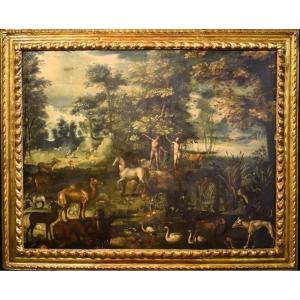




 Le Magazine
Le Magazine Rivista Artiquariato
Rivista Artiquariato TRÉSORS magazine
TRÉSORS magazine